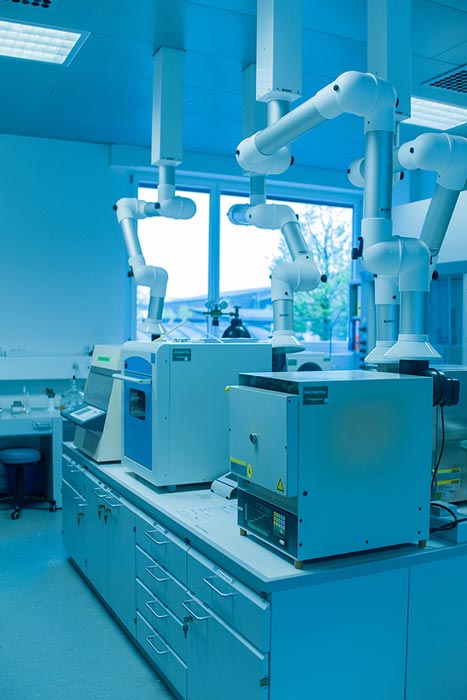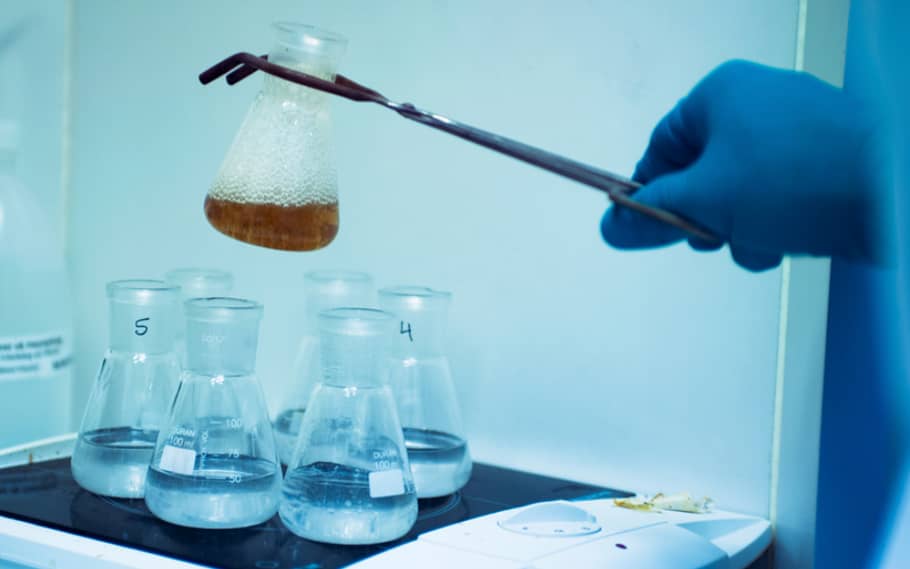In accordance with the monographs of the European and US Pharmacopoeias (Ph. Eur.; USP), for reasons of patient safety, the heavy metals in pharmaceutical finished products and raw materials must not exceed the specified limit values and must be tested for that. Heavy metals can be introduced into the product by catalysts, synthesis reagents and even by the manufacturing process itself.
As a result of the replacement of the USP heavy metal limit tests by the new, element-specific chapters <232> and <233>, these testing methods have been defined for the US market. As an FDA-approved and GMP certified contract laboratory in Switzerland, we will carry out analyses in accordance with all common Pharmacopoeias and also in accordance with the new USP regulations.
Would you like to know whether your products will be affected by the changes in the laws and what changes you will need to make?










![[Translate to english:] Graphitrohr-AAS: Autosampler [Translate to english:] Graphitrohr-AAS: Autosampler](/fileadmin/Content/02_Pharma/Pharma_Elementaranalytik%20und%20Schwermetalle/elementanalytik-03.jpg)

